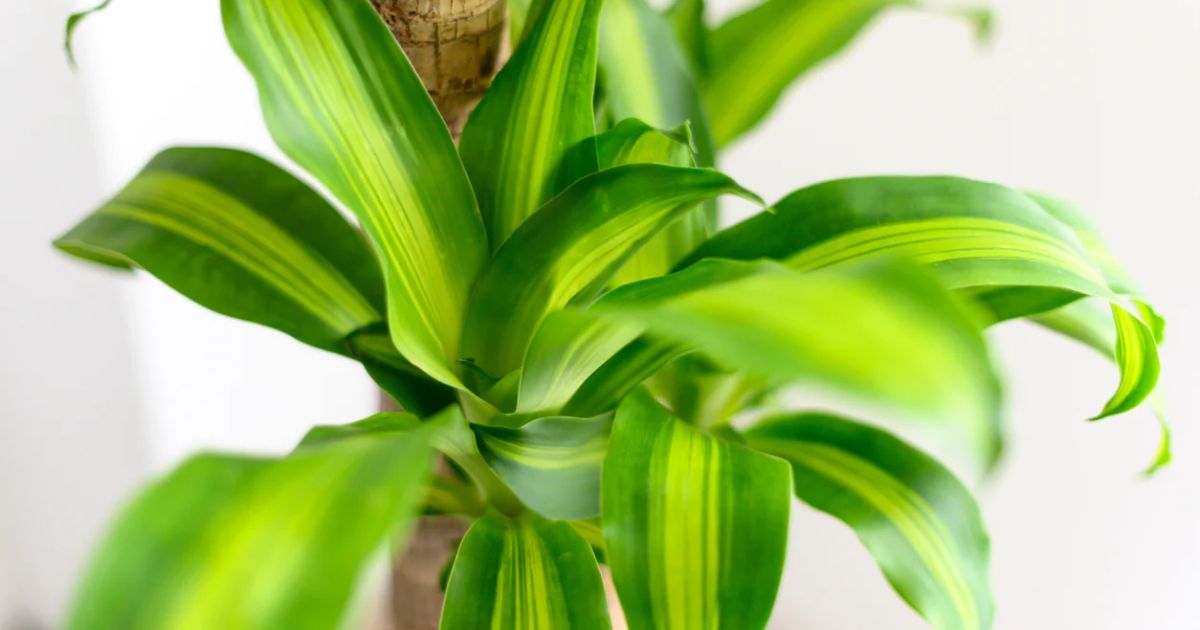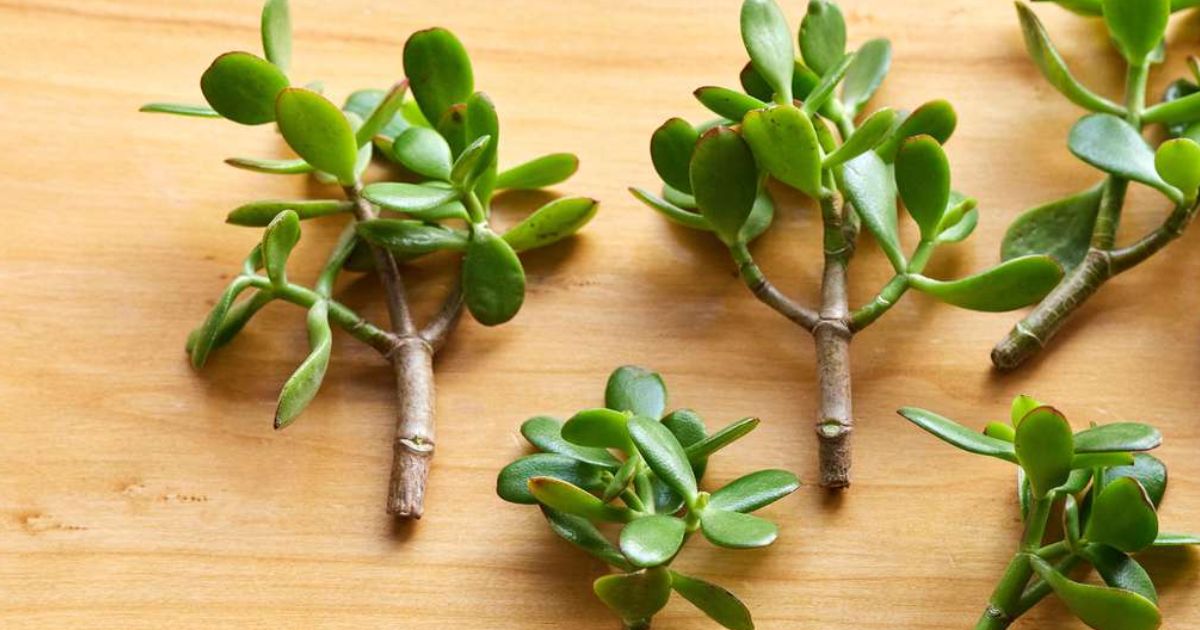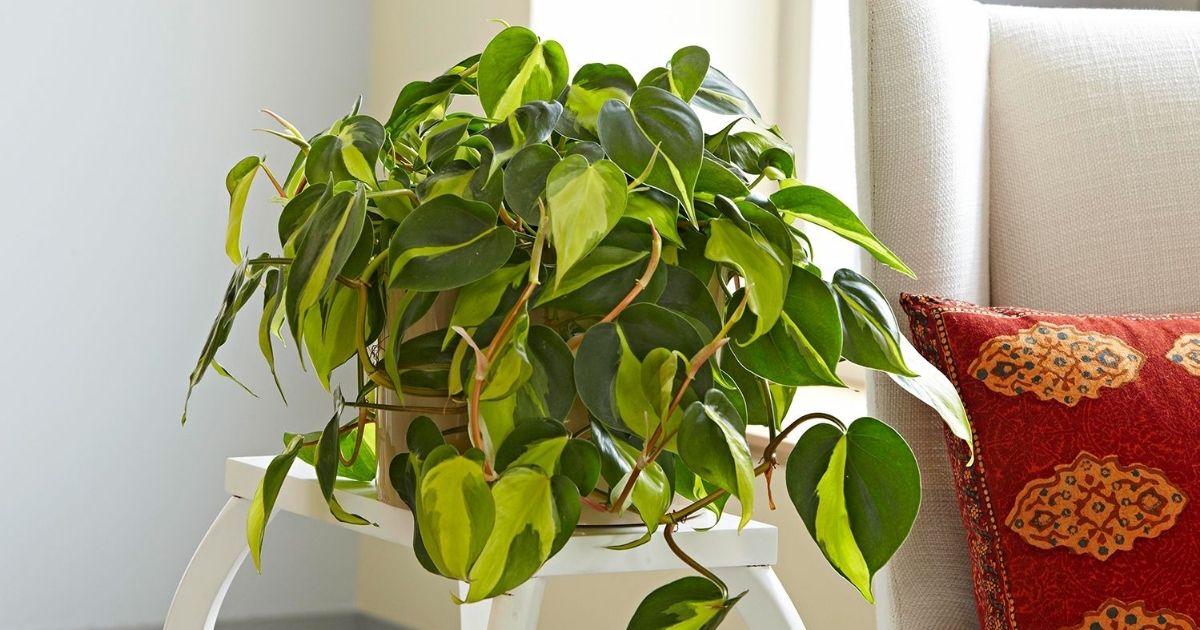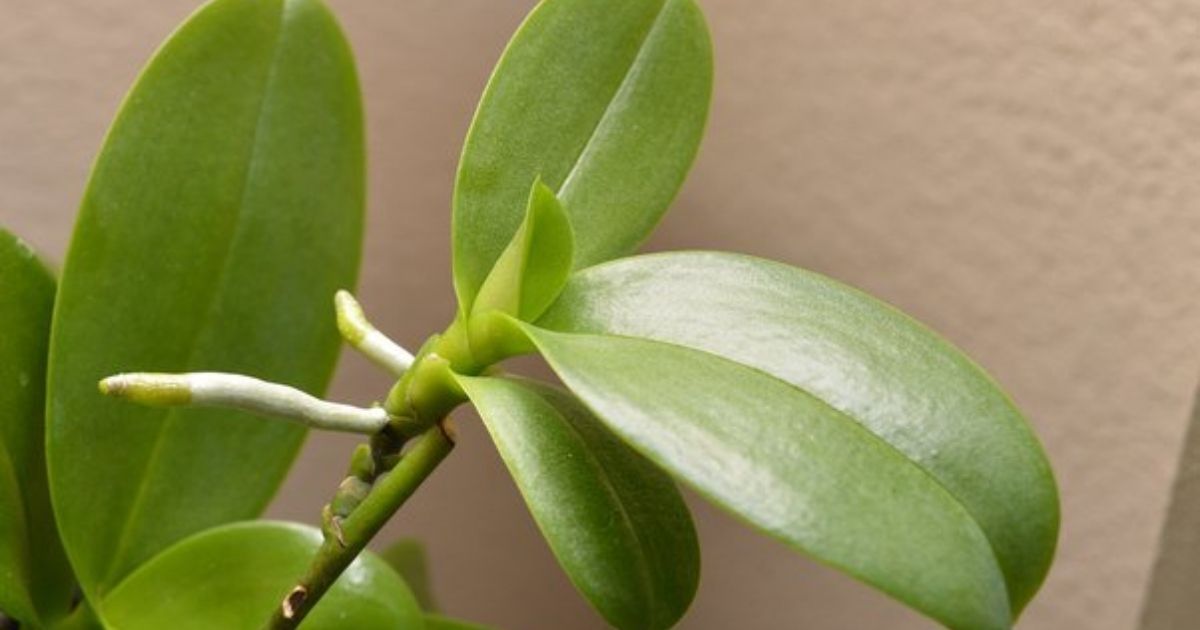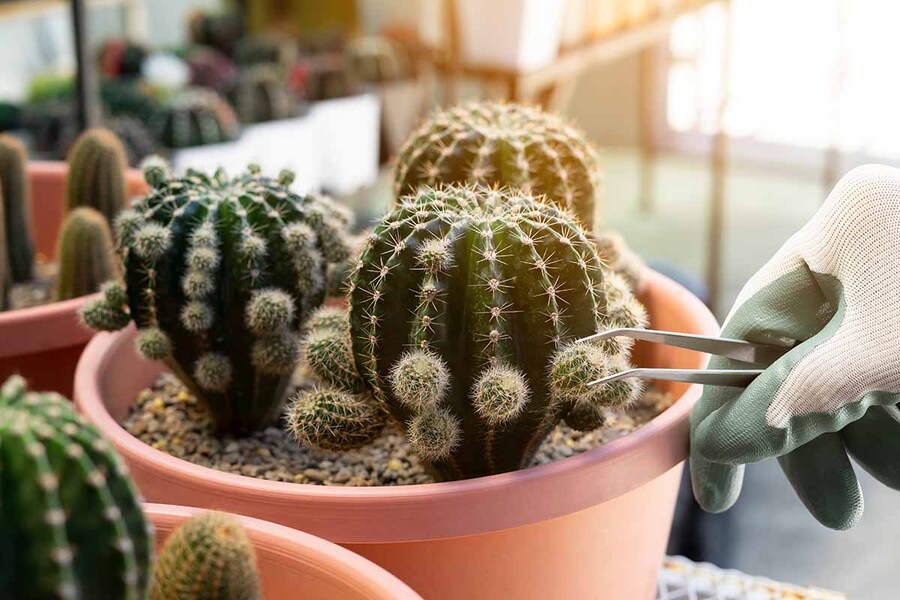HID Light Meaning For Plant Growth: 5 Benefits You Shouldn't Miss
When you start an indoor garden, providing enough light for your plants is challenging. That's why many experts advise you to use HID lamps. But what does HID light mean exactly? How does it help your plants grow well? Which products should you choose? Let's get the answers in this article.
Table of Contents
What Is HID Light Meaning?
HID light, shortened for High-Intensity Discharge, is a family of gas-discharge arc lamps that produce light by passing an electrical discharge between two electrodes through plasma or ionised gas. These lamps are known for their high efficiency in converting electricity into light and their long lifespan.
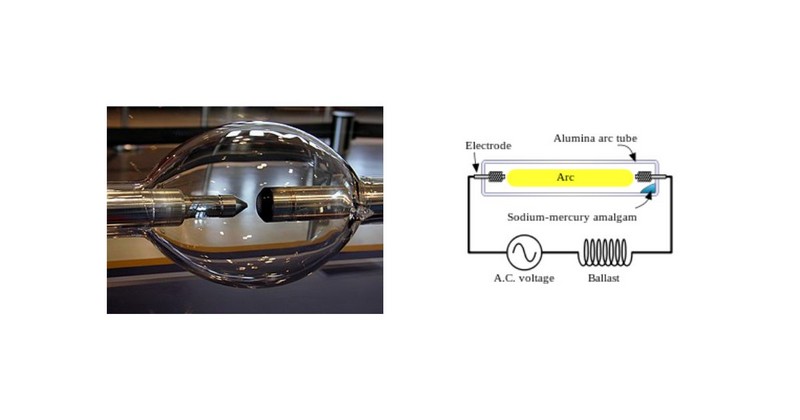
How HID light works
HID lights require ballasts to generate the initial current needed to start them and to regulate power during regular operation. They are typically used in gyms, warehouses, extensive retail facilities, stadiums, and plant-growing houses.
Among the countless options nowadays, hydroponic HID grow lights are among the most suitable for indoor vegetable and medical herb gardens. They may be expensive and produce a little heat, but they emit the right spectrum of light that promotes flowering and fruiting.
There are two types of HID lighting: High-Pressure Sodium (HPS) and Metal Halide (MH). Let's look at the differences between these two:
|
Metal Halide (MH) |
High-Pressure Sodium (HPS) |
|
|
Light Spectrum |
Blue end of the spectrum, suitable for vegetative growth stage |
Orange and red end of the spectrum, ideal for flowering or fruiting stage |
|
Compactness |
Generally compact and lightweight |
Generally compact and lightweight |
|
Common Use |
Growth stage of plant life |
Flowering and fruiting stage of plant life |
|
Cost |
Typically cheaper than HPS bulbs |
Typically more expensive than MH bulbs |
The choice between MH and HPS bulbs depends on your plants' needs and budget. Both can be easily removed and installed, so you can flexibly choose lighting options for different growth stages.
Why Should You Use HID Lights In Hydroponic Plant Growing?
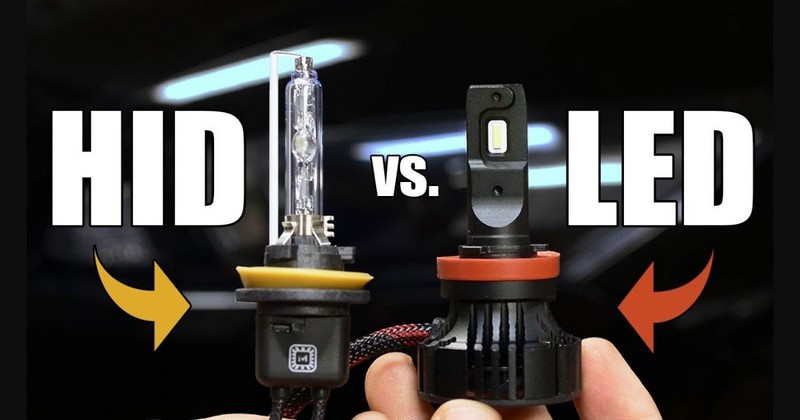
Should you choose HID or LED?
After understanding HID light meaning, we will continue to explore reasons why you should use them in your hydroponic garden:
- Save Costs: Although HID lights are more expensive than traditional halogen bulbs, they are cheaper than LED grow lights.
- Promote Plant Growth: HID lights provide the optimal light spectrum to encourage flowering plants to undergo photosynthesis and absorb nutrients.
- Repair With Ease: When problems occur, you often replace the entire LED light fixture. Yet, if you use HID lights, you only need to replace malfunctioning parts, minimising the plant's growth cycle disruption.
While these effects are impressive and practical, there are a few things you should know:
- Produce More Heat: HID lights produce more heat, which may require temperature control measures to avoid overheating in your growing environment.
- Setup With Complexity: HID lighting setups often include multiple components, such as ballasts, bulbs, hoods, reflectors, etc. It makes the installation process more complex than that of other lighting options.
- Consume More Energy: Compared to alternative systems, HID lamps typically consume more energy, causing higher electricity bills.
- Have Compatibility Issues: Some mechanical ballasts are designed to work with only one type of bulb. Therefore, you need to consider carefully when choosing components for your setup.
See more: Best LED grows lights in Australia.
Recommended HID Lights To Use For Plants
Benchmark Hydroponics has countless HID lamps to meet your needs and preferences. So, if you want to choose the best for your garden, check out this list of affordable yet functional options:
1. Powerplant HPS Lamp E40 Flower Bulb - 1000W
PowerPlant is a renowned grow light brand known for its reliability and standout features. Among their products, HPS Lamp E40 Flower Bulb has become the preferred choice for gardeners using magnetic or electronic/digital ballasts. Not only is it affordable, but it also has impressive abilities.
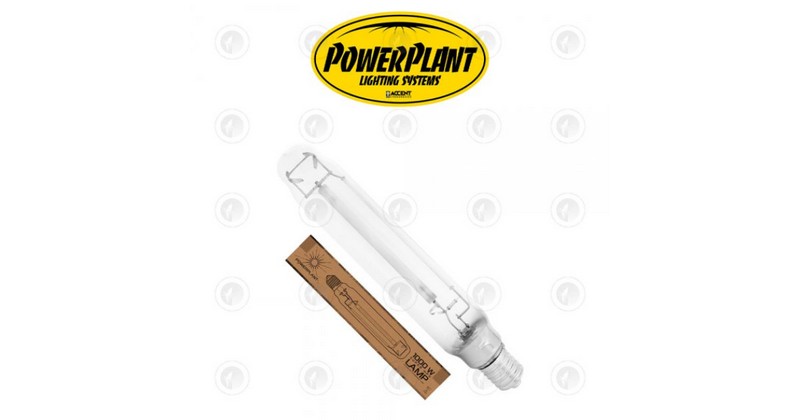
Specifications:
- Socket Type: E40
- Colour Temperature: 2000K
- Light Output: 130000 lumens
- Lamp Lumens Per Watt: 130
- Electrical Specifications: 250V/4.7 Amps
Features:
- PowerPlant HPS Lamps offer a high output, providing 10% more light than standard HPS lamps.
- Depending on the ideal yield, you can adjust it to optimise photosynthesis, promoting strong plant growth.
- This product works effectively on the HPS 600w control gear system.
The manufacturer recommends replacing this lamp every six months for the best results. Using it for more than 3000 hours may slow plant growth.
2. Sunmaster Dual Spectrum HPS Lamp - 600W
The next option on this list is the new Sunmaster Dual Spectrum lamp. It's a specially made light for both professional and hobbyist growers. This lamp gives your plants the right blue and red light they need to grow well.
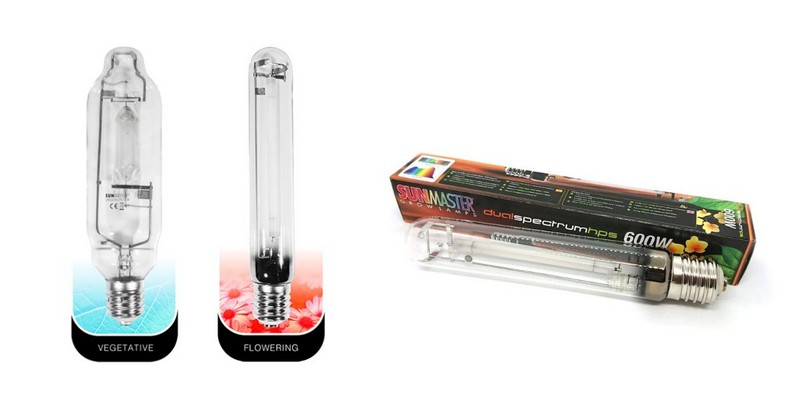
Specifications:
- Socket Type: E40
- Colour Temperature: 2000K
- Light Output: 95,000 lumens
- Electrical Specifications: 250V/4.7 Amps
- Light Colors: Red, Blue
Features:
- The lamp promotes higher levels of chlorophyll in plants, helpful for their overall health.
- It helps plants grow thicker stems, providing structural support for healthy plant development.
- Sunmaster Dual lamps encourage the development of larger leaf area and mass.
- This lamp also fosters early flowering, allowing plants to mature sooner and start blooming.
- With the ability to increase productivity, this HPS light helps you have a bountiful harvest.
3. Cultiv8 MH Grow Lamp - 1000W
The Cultiv8 1000w Metal Halide grow lamp is an excellent option for plants in both developing and flowering stages.
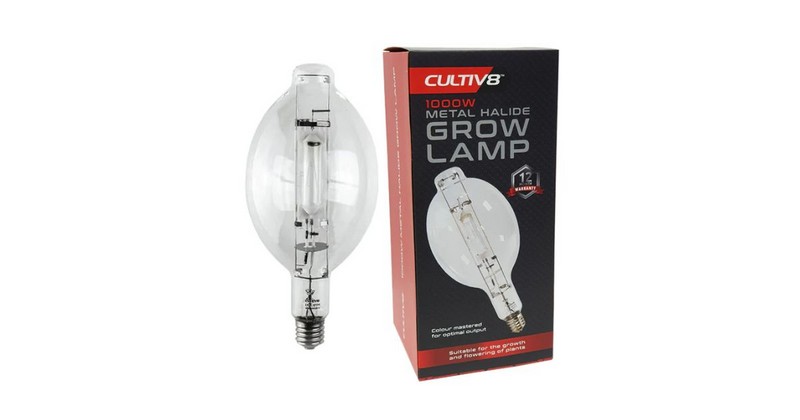
Specifications:
- Socket Type: E40
- Colour Temperature: 4000K
- Light Output: 105,000 lumens
- Electrical Specifications: 230V/4.1 Amps
Features:
- It can work effectively with both Digital ballasts and Magnetic Ballasts.
- This Cultiv8 MH grow lamp has a 12,000-hour rated life.
4. PowerPlant SuperVeg MH - 250W / 400W / 600W
Check out the PowerPlant SuperVeg Metal Halide lamps, also known as retrofit lamps. They will promote plant vegetative growth vigorously.
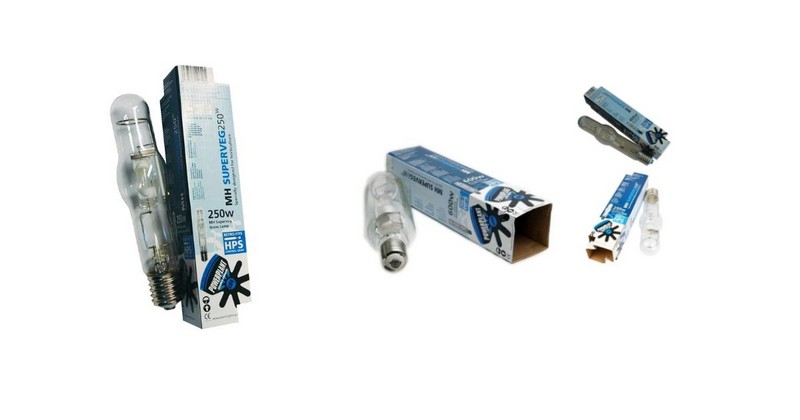
Specifications:
- Socket Type: E40

Features:
- Various size options include 250, 400, 600, and 1000 Watts.
- They are suitable for plant propagation and growth stages, emitting high levels of blue light to create an excellent spectrum.
- These lights support optimal growth during each stage of plant growth. They have 10% more light output than standard MH lights.
Pro tip: Many skilled gardeners often use this lamp along with sodium lamps during the flowering stage of the plant. Replace them every 8 or 9 months of use to maintain optimal performance.
The Bottom Line
That's all about HID light meaning and its benefits. In short, HID lamps provide light that helps plants grow well indoors. With their ability to mimic natural sunlight and long lifespan, HID lights are a helpful tool to keep plants healthy. So, if you want your indoor garden to thrive, use HID lights today.
Frequently Asked Questions
What is a HID light used for?
HID lights are mainly used to produce visible light from electricity. Some examples are HID headlights, spotlights in sports arenas, big stores, and lamps for indoor gardens.
Which is better, HID or LED lights?
The choice between HID and LED lights depends on budget and specific growing needs. Both of them have their pros and cons:
- HID lights are cheap while still producing great results, favoured by many professional growers.
- LED spectrums are better and can be customised, yet they are more expensive.
Therefore, some growers use both types to get the best of both worlds.
